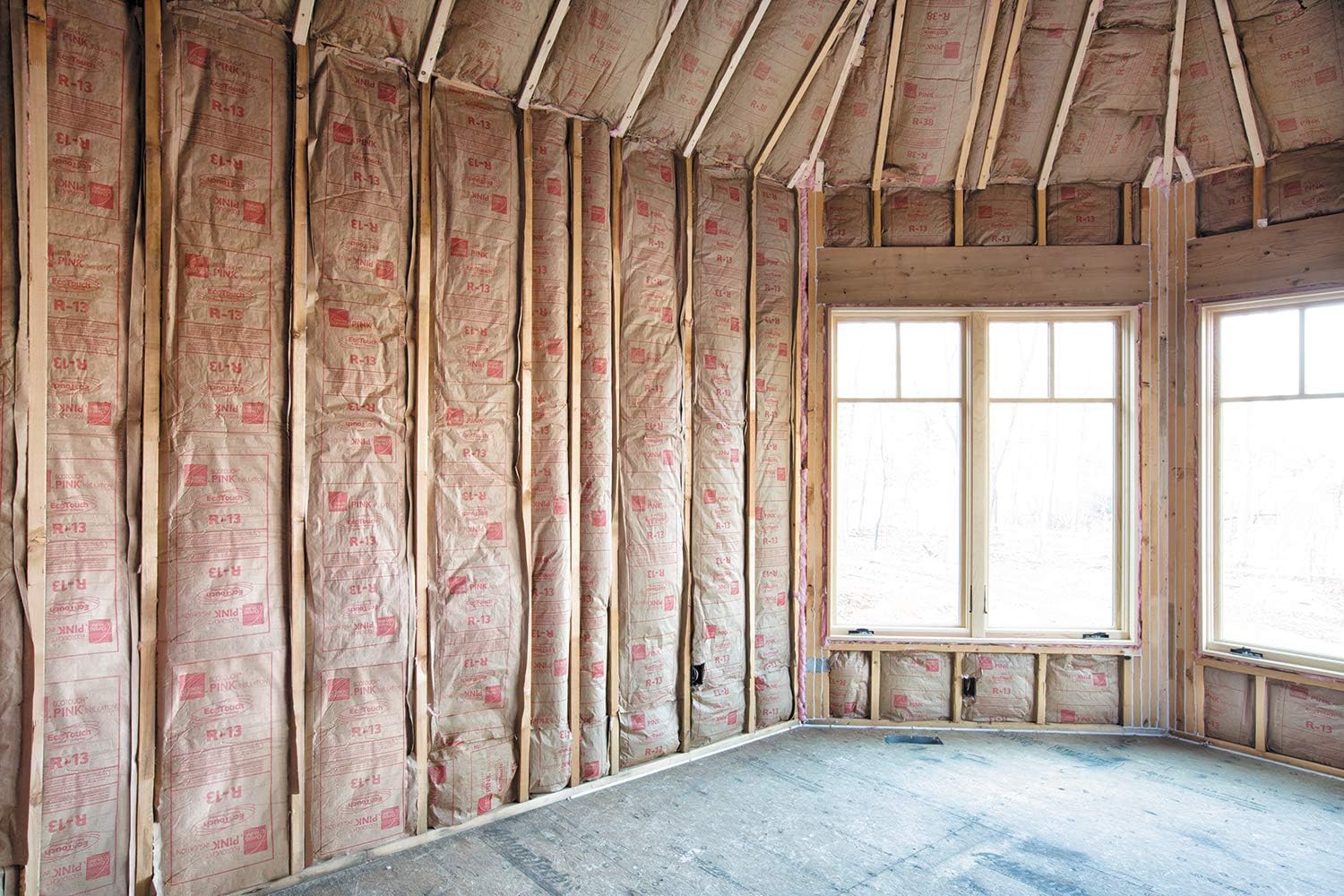

Articles
How Much Is A Roll Of R-13 Insulation
Modified: January 6, 2024
Discover the average cost of a roll of R-13 insulation. Read our informative articles on how to choose the right insulation for your project.
(Many of the links in this article redirect to a specific reviewed product. Your purchase of these products through affiliate links helps to generate commission for Storables.com, at no extra cost. Learn more)
Introduction
Welcome to our comprehensive guide on understanding the cost of a roll of R-13 insulation. Whether you are a homeowner looking to insulate your walls or a contractor seeking to estimate material expenses, it’s crucial to have a clear understanding of the pricing factors influencing R-13 insulation. In this article, we will delve into what R-13 insulation is, its common uses, the factors affecting its price, and where to buy it. By the end of this guide, you’ll be equipped with the knowledge needed to make informed decisions about R-13 insulation purchases.
Key Takeaways:
- R-13 insulation, with a thermal resistance value of 13 per inch of thickness, offers an affordable and effective solution for improving energy efficiency and comfort in residential and commercial buildings.
- When purchasing R-13 insulation, prioritize quality and long-term benefits. Consider factors such as material quality, brand reputation, quantity, geographical location, and supplier options to make informed decisions.
Read more: How Long Is A Roll Of R19 Insulation
What is R-13 Insulation?
R-13 insulation is a type of thermal insulation designed to resist heat transfer and improve the energy efficiency of a building. The “R” in R-13 stands for resistance, and the number represents the material’s thermal resistance value. In the case of R-13 insulation, it has a thermal resistance value of 13 per inch of thickness.
This type of insulation is commonly used in residential and commercial construction to insulate walls, attics, and ceilings. It consists of flexible fiberglass batts or rolls that are installed between framing members, providing a high level of resistance to heat flow. R-13 insulation is known for its effectiveness in reducing energy consumption and maintaining a comfortable indoor environment.
One of the main benefits of R-13 insulation is its affordability. It is considered one of the most cost-effective options among thermal insulation materials. Additionally, R-13 insulation is easy to install and can be a great DIY project for homeowners looking to improve the insulation of their homes.
It’s worth noting that R-13 insulation is most commonly used in moderate climates where the temperature fluctuations are not extreme. In regions with colder climates, a higher R-value insulation may be required to achieve optimal energy efficiency.
Common Uses of R-13 Insulation
R-13 insulation finds its application in various areas of residential and commercial construction. Here are some common uses of R-13 insulation:
- Wall Insulation: R-13 insulation is commonly used to insulate interior and exterior walls. It helps in reducing heat transfer between the interior and exterior of a building, keeping the indoor temperature more stable and reducing energy consumption.
- Attic Insulation: Attics are major sources of heat loss and gain in a building. By installing R-13 insulation in the attic, it helps to create a barrier against heat transfer, keeping the interior space cooler in the summer and warmer in the winter.
- Ceiling Insulation: R-13 insulation is also used in ceilings to prevent heat from escaping or entering through the roof. This is particularly important in buildings with attic spaces where heat can easily transfer through the roof and affect the temperature indoors.
- Soundproofing: In addition to thermal insulation, R-13 insulation can also provide sound-dampening properties. It helps to reduce noise transmission between rooms and floors, creating a quieter and more peaceful indoor environment.
R-13 insulation is versatile and can be used in both new construction and retrofit projects. Whether you are building a new home or looking to improve insulation in an existing building, R-13 insulation can be an effective solution.
It’s important to note that while R-13 insulation is widely used, the appropriate R-value for insulation may vary depending on climate and local building codes. Consulting with a professional or researching local insulation requirements can help determine the appropriate insulation for your specific needs.
Factors Affecting the Price of R-13 Insulation
Several factors come into play when determining the price of R-13 insulation. Understanding these factors can help you estimate the cost and make informed decisions. Here are the main factors that affect the price of R-13 insulation:
- Material Quality: The quality of the insulation material can significantly impact the price. Higher-quality insulation with better thermal properties may cost more compared to lower-quality options.
- Brand: Established and reputable brands often command higher prices due to their reputation for producing reliable and durable insulation products.
- Quantity: Buying R-13 insulation in bulk or larger quantities typically results in a lower price per square foot or roll. Consider purchasing in larger quantities if you have a large insulation project.
- Thickness and Coverage Area: The thickness of the insulation and the total area to be covered will affect the overall cost. Thicker insulation and larger coverage areas will require more material, resulting in a higher price.
- Geographical Location: Prices can vary based on the region or location due to factors such as transportation costs and local demand. It’s essential to consider the local market conditions when estimating the price of R-13 insulation.
- Supplier or Retailer: Different suppliers or retailers may offer varying prices for R-13 insulation. It’s recommended to compare prices from multiple sources to find the best deal.
It’s important to note that while price is a crucial factor, it should not be the sole determinant when choosing R-13 insulation. Consider the overall quality, performance, and energy efficiency benefits of the insulation material to make an informed decision.
Lastly, keep in mind that insulation is an investment that can lead to long-term energy savings and improved comfort. Spending a bit more upfront for higher-quality insulation may be worthwhile in the long run.
When purchasing R-13 insulation, consider the square footage of the area you need to insulate and the cost per square foot of the insulation. This will help you determine how much you need and the total cost.
How Much Does a Roll of R-13 Insulation Cost?
The cost of a roll of R-13 insulation can vary depending on the factors mentioned earlier. On average, you can expect to pay around $0.30 to $0.40 per square foot for R-13 insulation. However, it’s important to note that this is just an estimate, and prices may vary based on the factors influencing the cost.
Keep in mind that the cost of R-13 insulation is typically quoted per square foot or per roll. A standard roll of R-13 insulation typically covers around 40 to 100 square feet.
When calculating the total cost of your insulation project, consider the size of the area to be insulated and the number of rolls required. This will help you estimate the overall cost more accurately.
Additionally, it’s important to factor in any additional costs for installation materials such as adhesive, tape, or staples. These costs can vary depending on the specific installation method and the quantity required.
It’s worth mentioning that prices for R-13 insulation may fluctuate based on market conditions or the supplier. It’s a good idea to compare prices from different suppliers and retailers to ensure you are getting the best deal.
Lastly, consider the long-term benefits of investing in quality insulation. While the initial cost may seem higher, energy savings and improved comfort can outweigh the upfront expense over time.
For a more accurate cost estimate, it’s recommended to reach out to local suppliers or retailers for current pricing information based on your specific project requirements.
Read more: How Much Is Rolled Insulation
Where to Buy R-13 Insulation
When it comes to purchasing R-13 insulation, you have several options available. Here are some popular places where you can buy R-13 insulation:
- Home Improvement Stores: Major home improvement retailers like Home Depot, Lowe’s, and Menards typically carry a wide range of insulation products, including R-13 insulation. These stores often have knowledgeable staff who can assist you in choosing the right insulation for your needs.
- Building Supply Centers: Local building supply centers or lumberyards are another excellent option for buying R-13 insulation. They often carry a variety of insulation brands and can provide advice on selecting the best product for your project.
- Online Retailers: Numerous online retailers specialize in selling insulation products, including R-13 insulation. Websites like Amazon, eBay, and insulation-specific online stores offer a wide selection, convenience, and the ability to compare prices and read customer reviews.
- Contractor Supply Stores: If you are a contractor or working closely with one, consider visiting contractor supply stores in your area. These stores cater to professionals in the construction industry and often offer a wide range of insulation options, including R-13 insulation.
- Local Insulation Contractors: Some insulation contractors also sell insulation materials directly to customers. Reach out to local contractors and inquire if they offer insulation products for sale.
When purchasing R-13 insulation, it’s essential to consider factors beyond price, such as material quality, brand reputation, and customer reviews. Take the time to research different suppliers, compare prices, and evaluate the overall value they provide. This will help ensure you are purchasing a reliable and effective insulation product.
Depending on your location and project, it may also be beneficial to consult with insulation professionals or contractors who can provide expert advice and recommend the best R-13 insulation products for your specific needs.
Remember to check the store’s return policy and warranty information before making a purchase. Keep records of your receipts and any warranty documents in case you encounter any issues with the insulation in the future.
Conclusion
In conclusion, understanding the cost of a roll of R-13 insulation is essential when planning insulation projects for your home or building. R-13 insulation, with its thermal resistance value of 13 per inch of thickness, offers an affordable and effective solution for improving energy efficiency and comfort.
Throughout this guide, we have explored what R-13 insulation is, its common uses, the factors influencing its price, and where to buy it. By considering factors such as material quality, brand reputation, quantity, geographical location, and supplier options, you can make informed decisions about purchasing R-13 insulation.
The cost of a roll of R-13 insulation typically ranges from $0.30 to $0.40 per square foot, but it’s essential to request quotes from different suppliers and consider additional installation costs to get a more accurate estimate.
When purchasing R-13 insulation, it’s important to prioritize quality and long-term benefits. Sourcing from reputable retailers, such as home improvement stores, building supply centers, and online retailers, ensures the availability of reliable and effective insulation options.
Ultimately, investing in R-13 insulation can lead to energy savings, reduced utility bills, improved comfort, and a more sustainable living or working environment. Before starting any insulation project, consult with professionals or insulation experts if needed to ensure you are selecting the appropriate insulation materials for your specific needs.
We hope that this comprehensive guide has provided you with the necessary information to understand the cost and purchasing options for R-13 insulation. By making informed decisions, you can create a well-insulated space that is energy-efficient and comfortable for years to come.
Frequently Asked Questions about How Much Is A Roll Of R-13 Insulation
Was this page helpful?
At Storables.com, we guarantee accurate and reliable information. Our content, validated by Expert Board Contributors, is crafted following stringent Editorial Policies. We're committed to providing you with well-researched, expert-backed insights for all your informational needs.
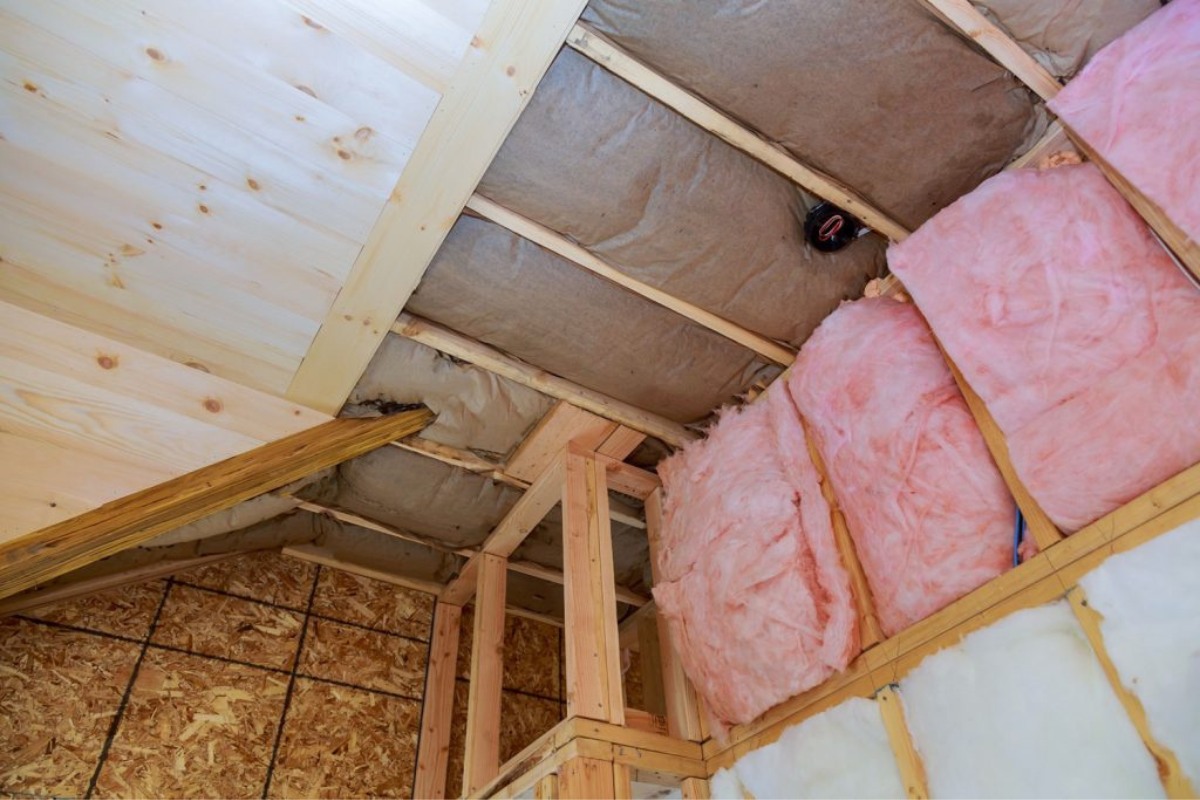
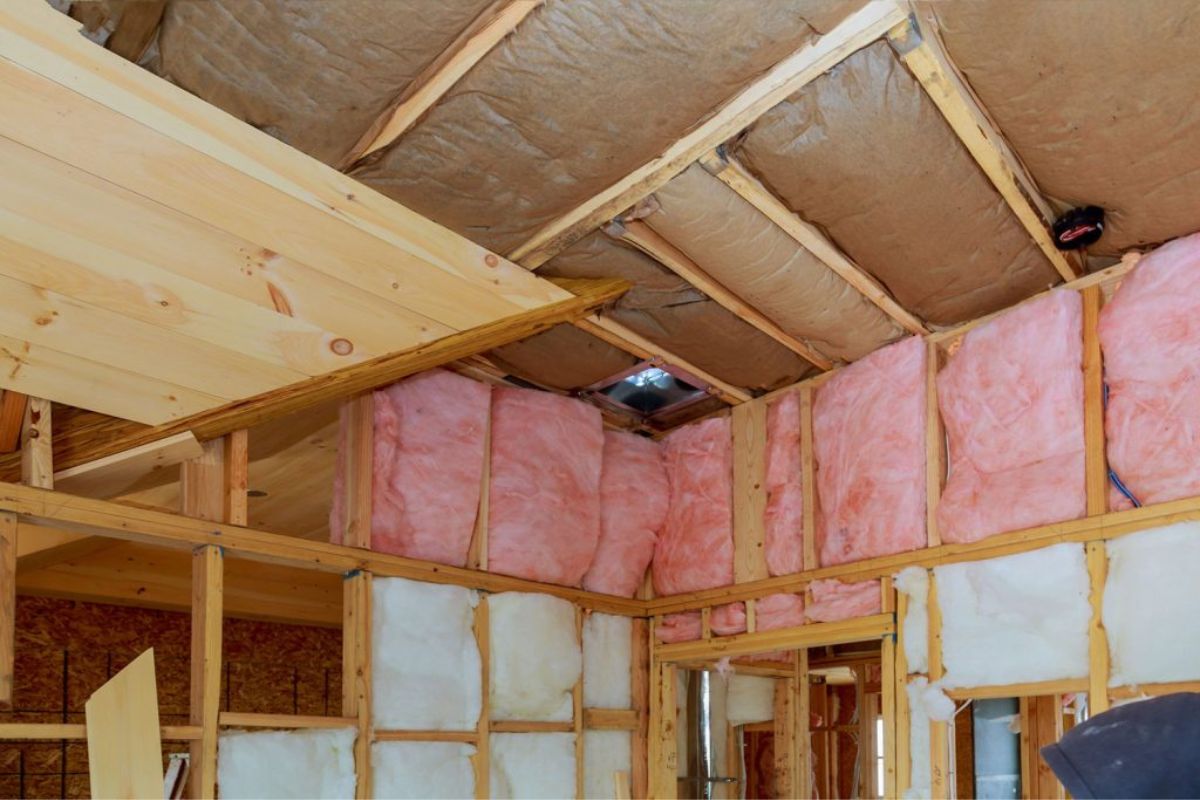
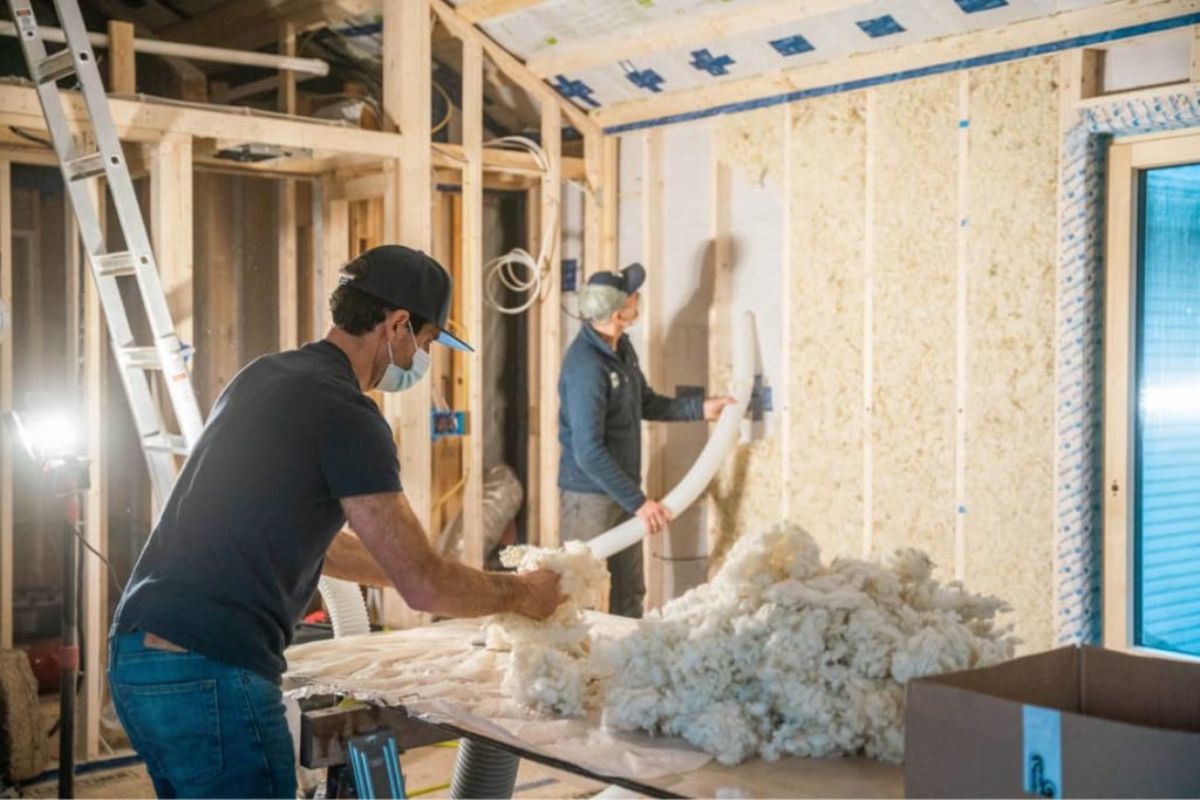
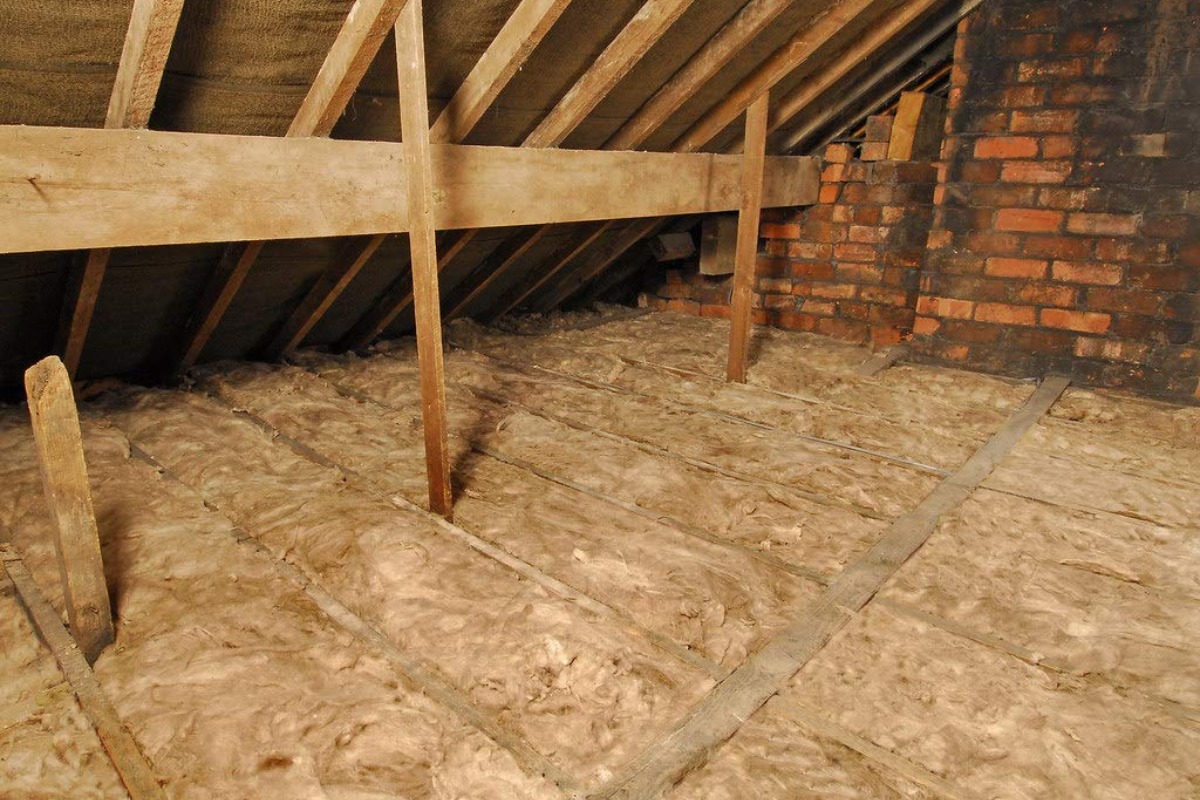
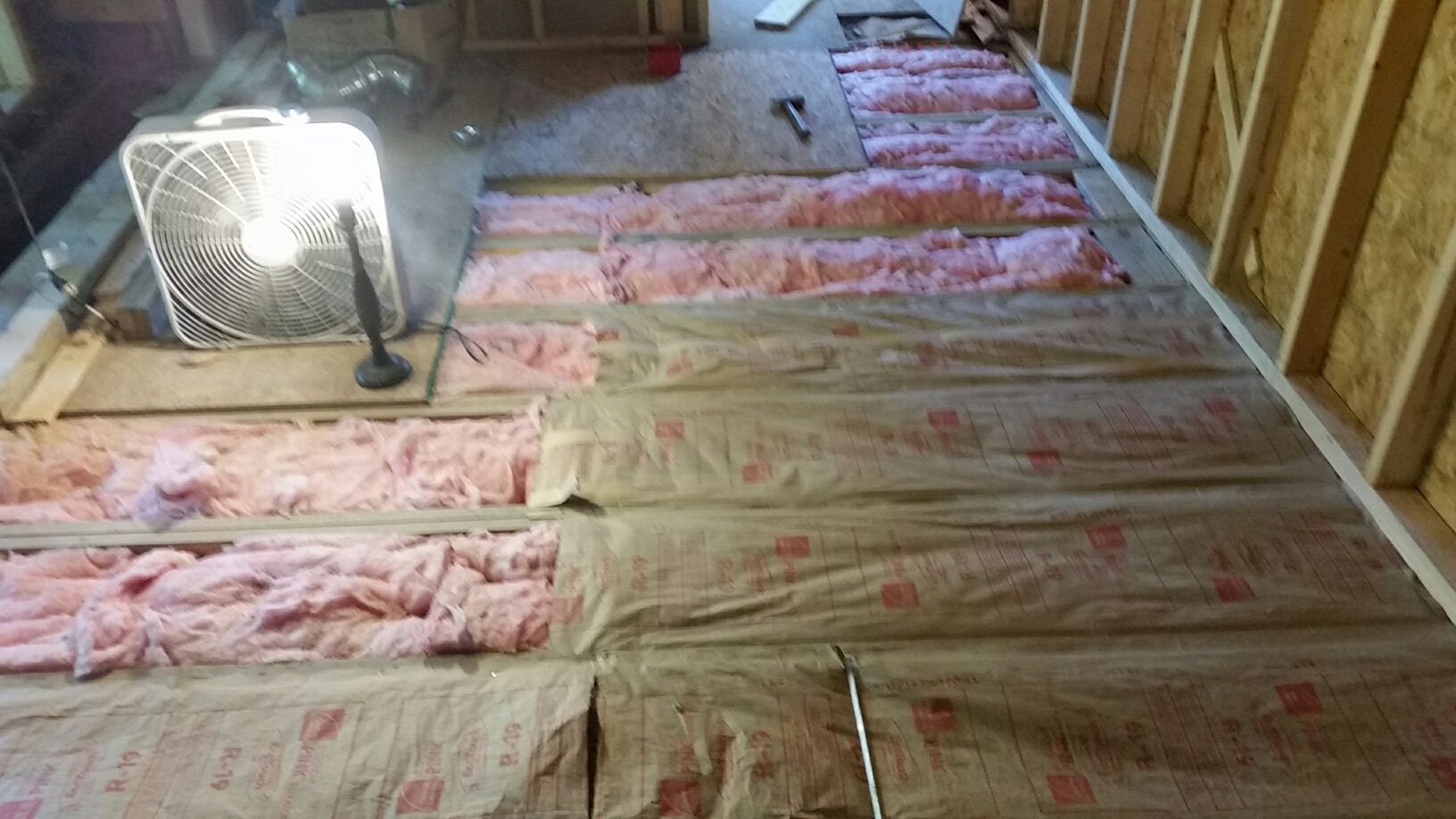
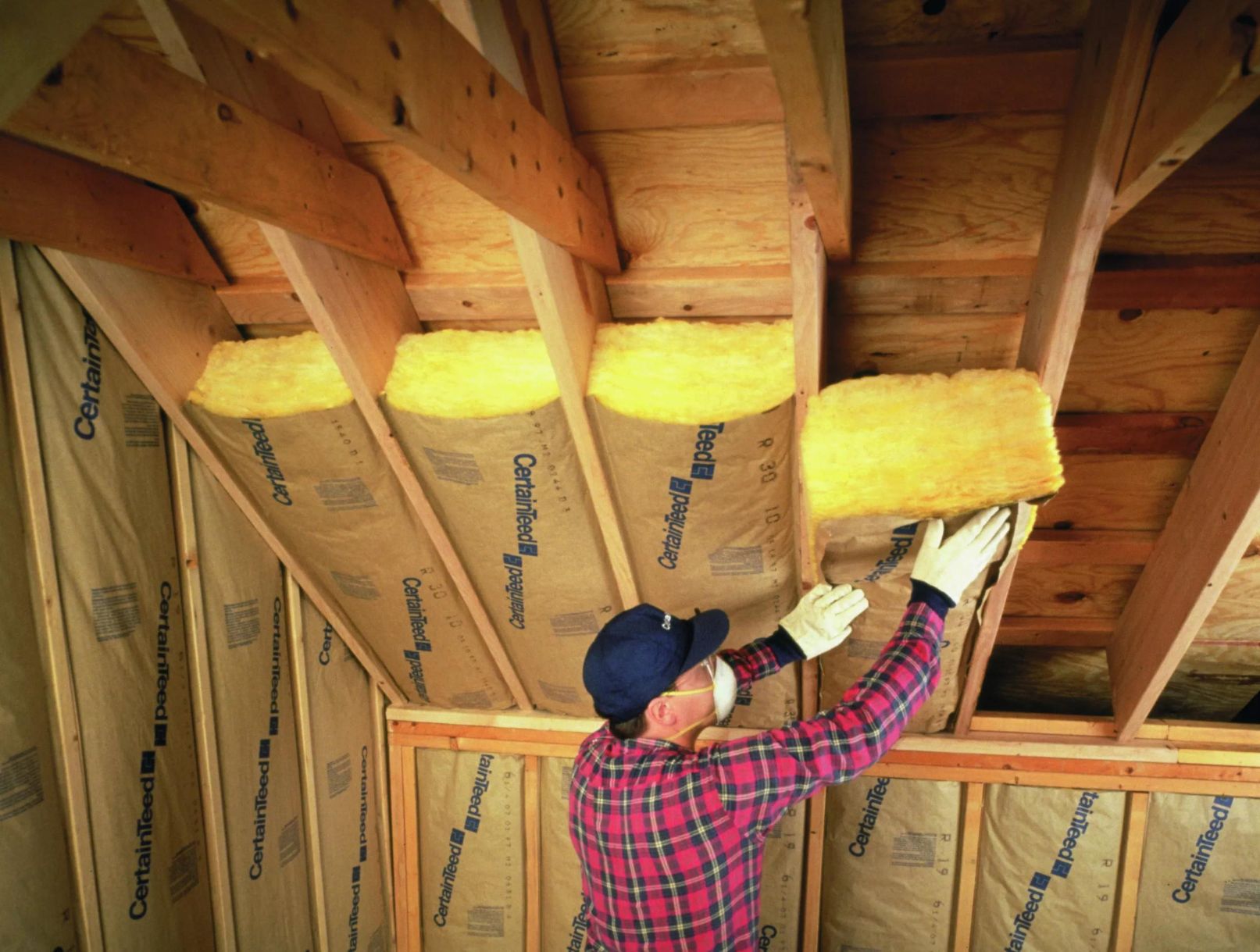

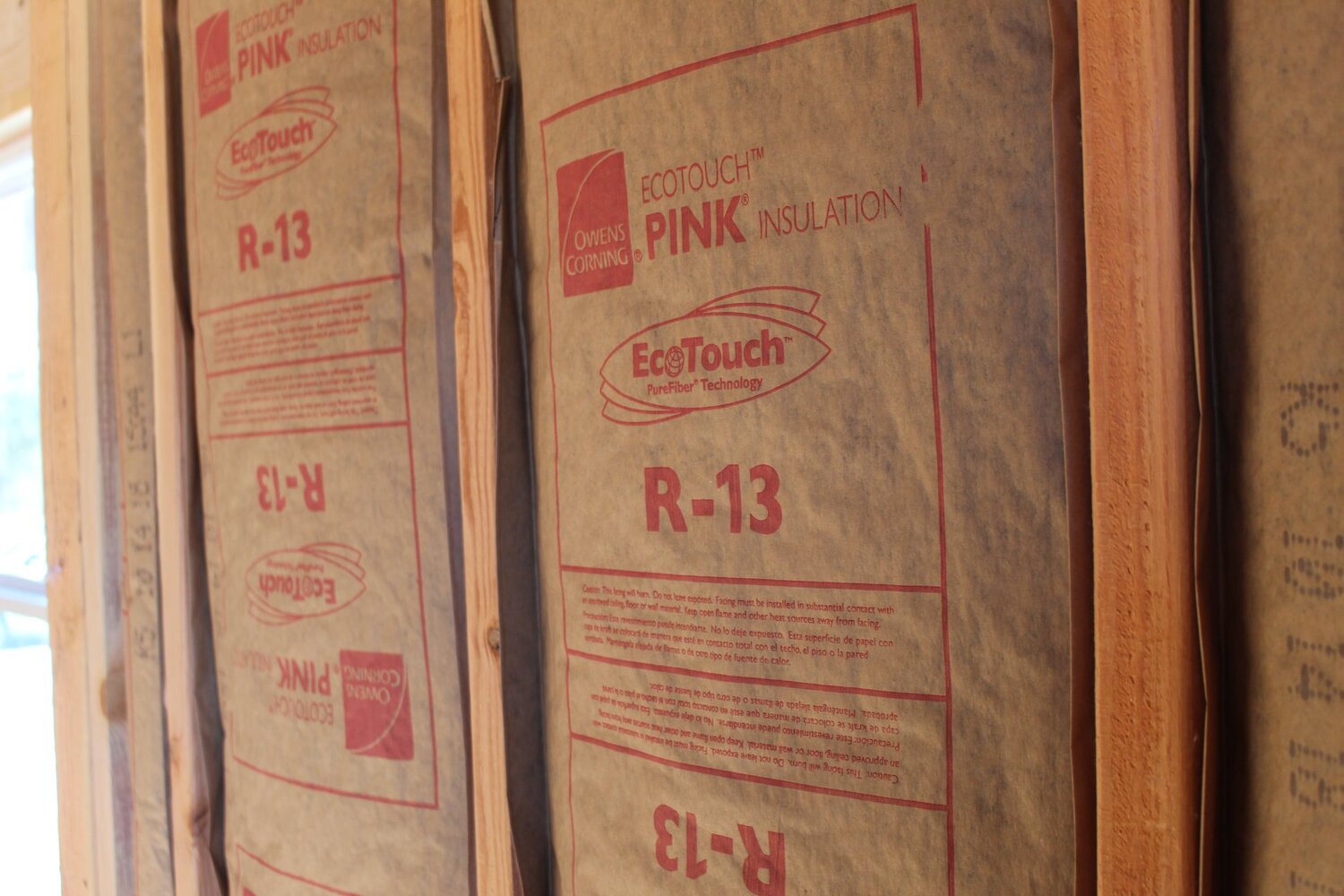
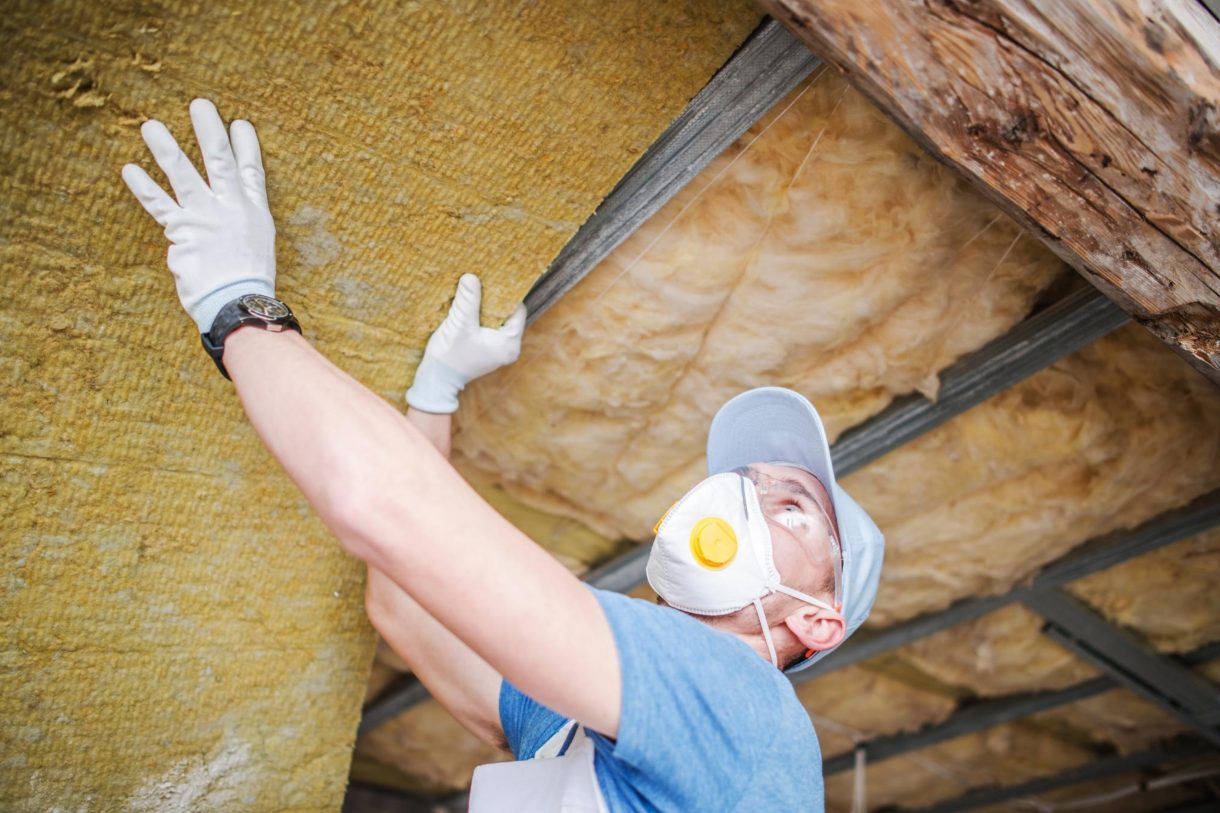
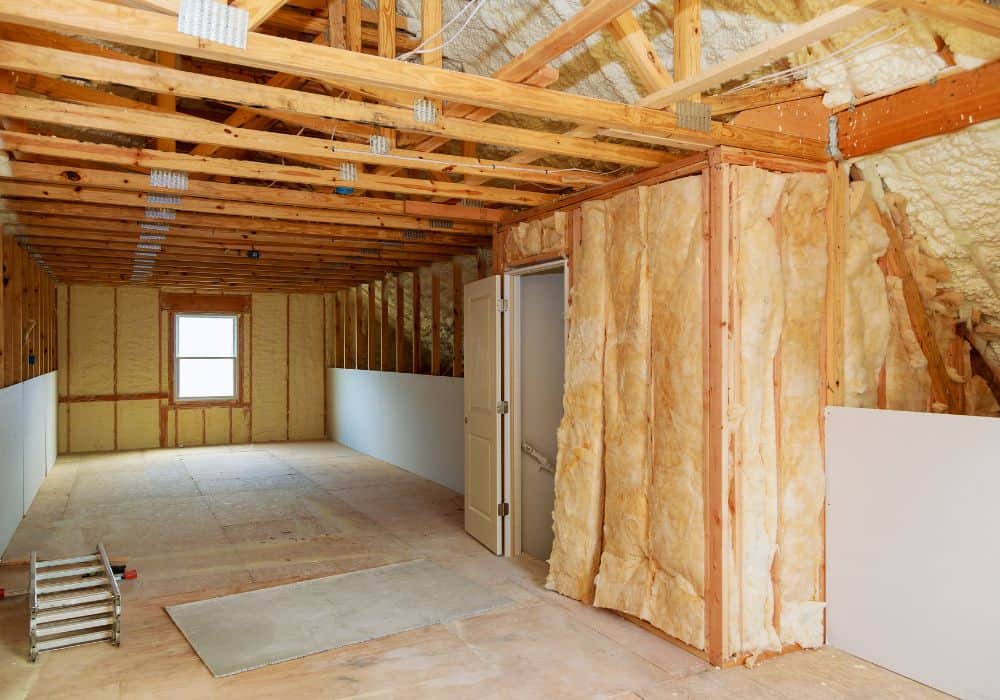
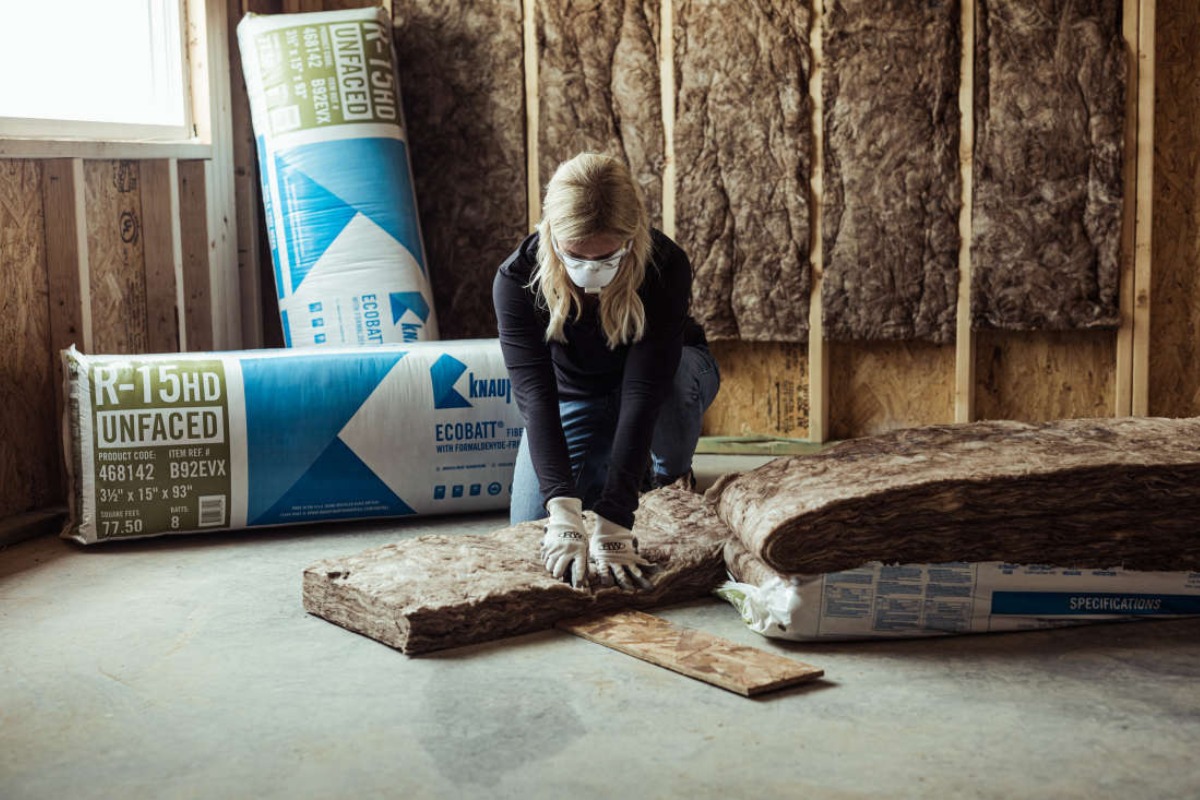
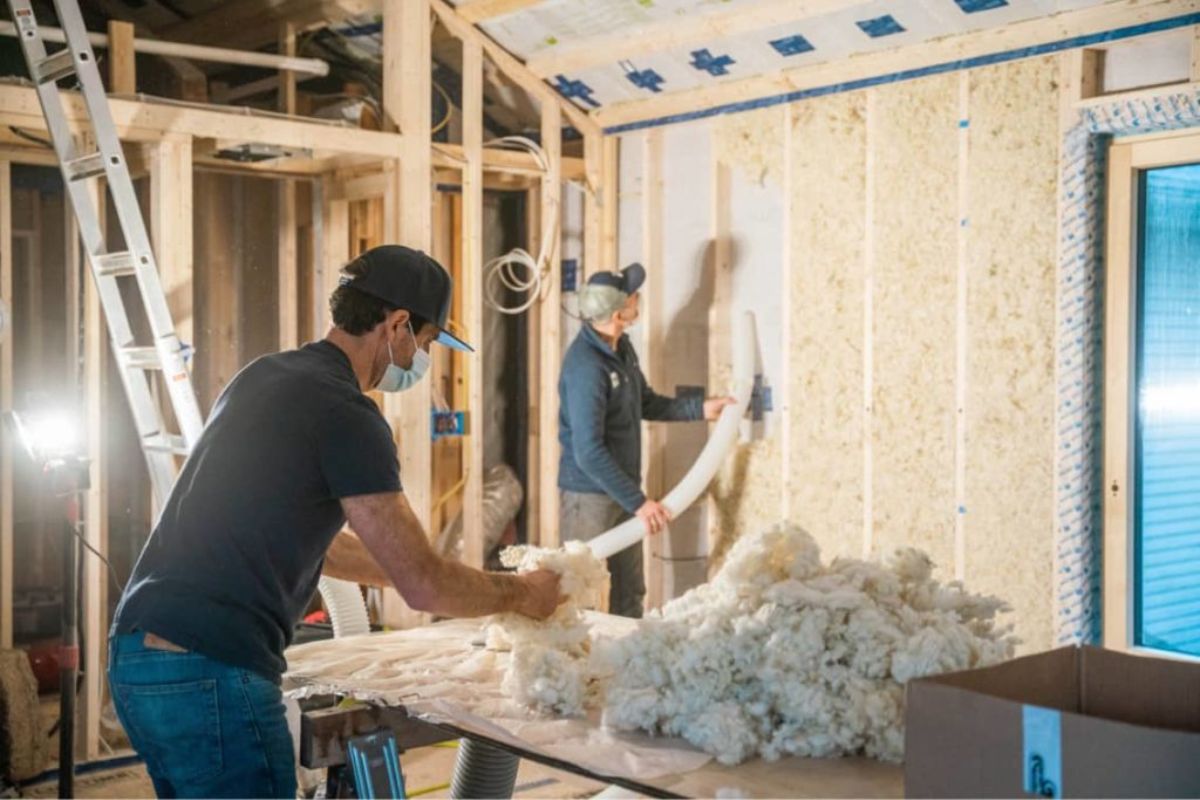
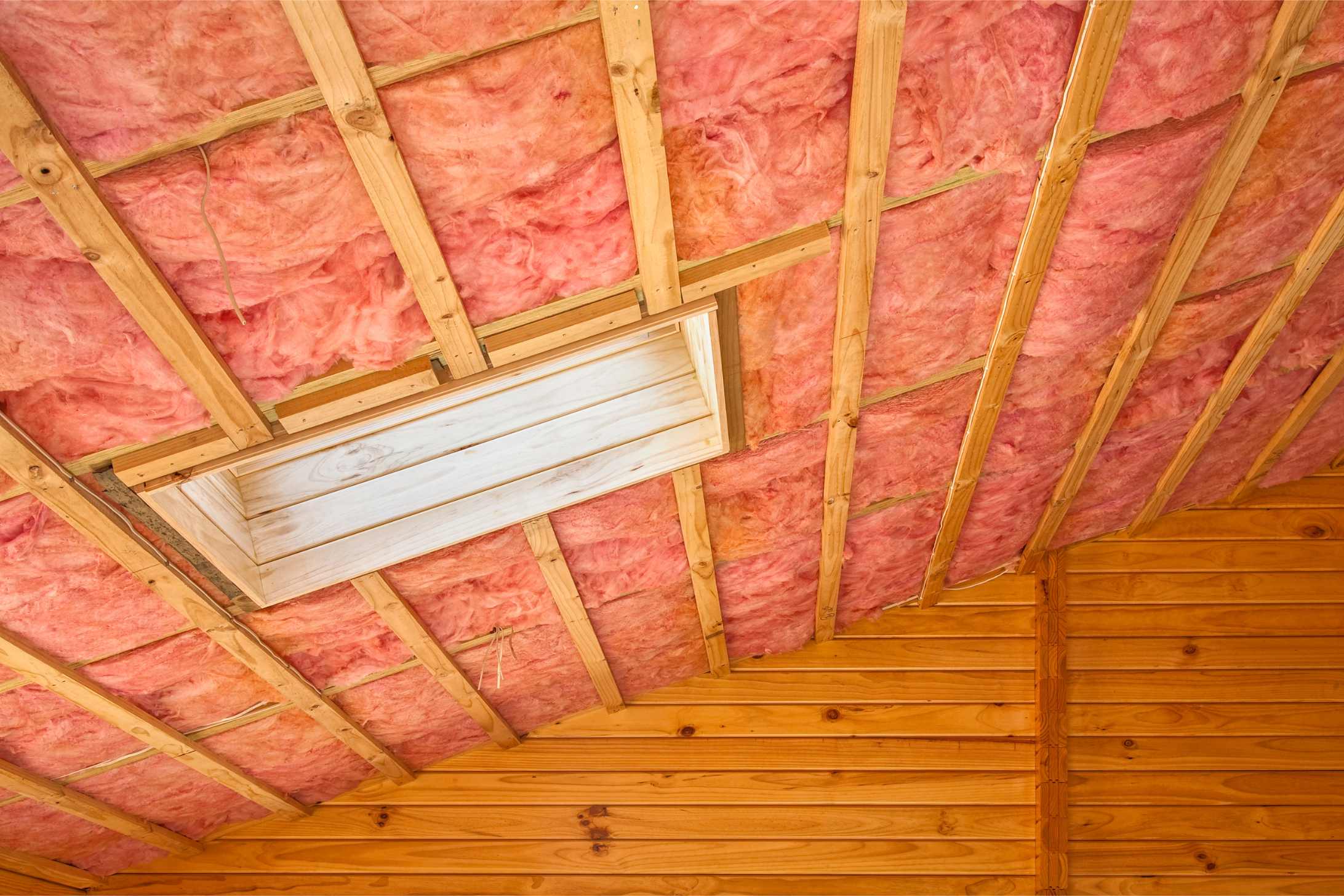
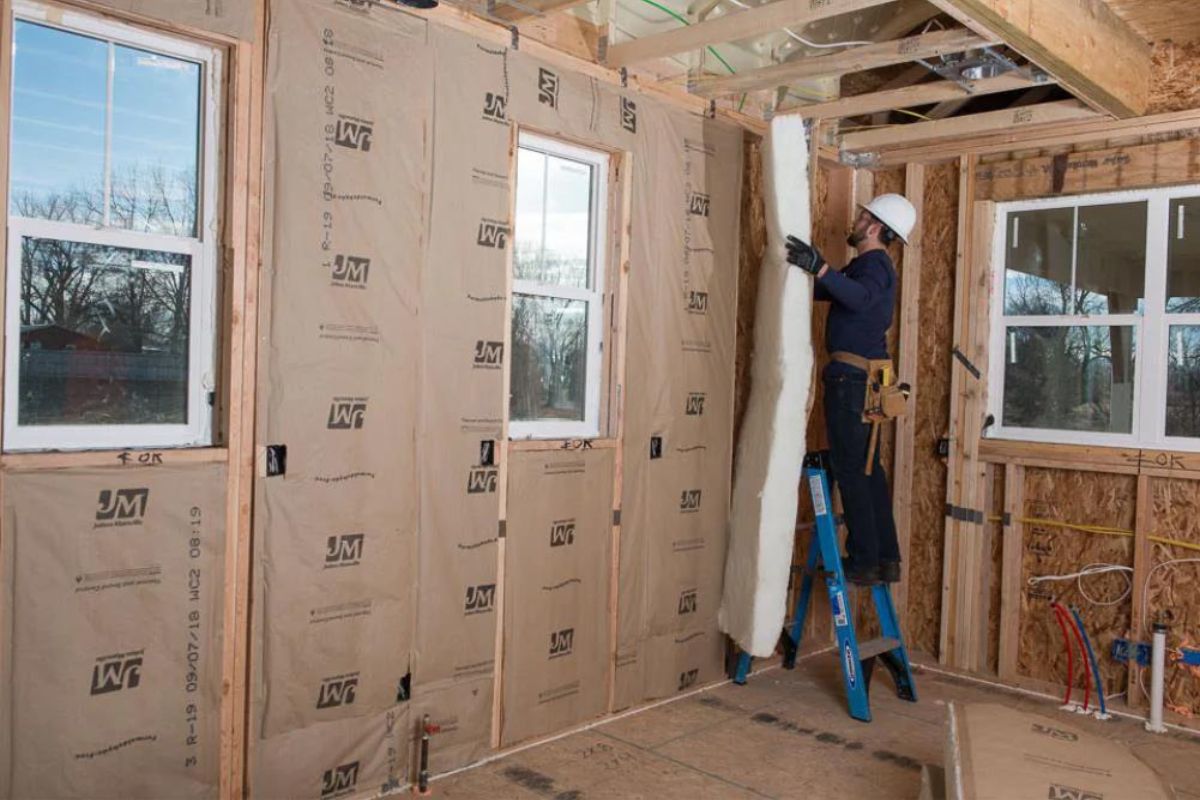

0 thoughts on “How Much Is A Roll Of R-13 Insulation”